University of Michigan - Museum of Anthropological Archaeology
Introduction
Text-to-speech Audio
Images
The Ruthven Museums Building, home of the Museum of Anthropological Archaeology
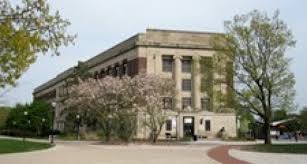
Joseph Beal Steere went on a five-year-long collecting expedition for the museum, sending artifacts back from South America, the Pacific, and Asia
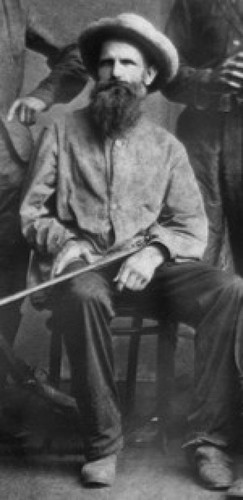
Inside the collections today
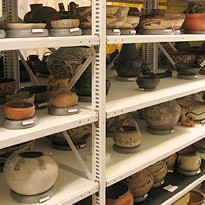
A graduate students works in one of the museum's labs
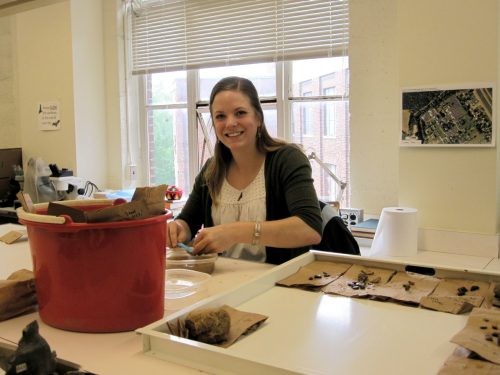
Hopewell pottery from Michigan in the collection
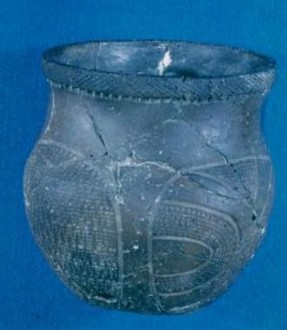
A piece of shawl from northern India
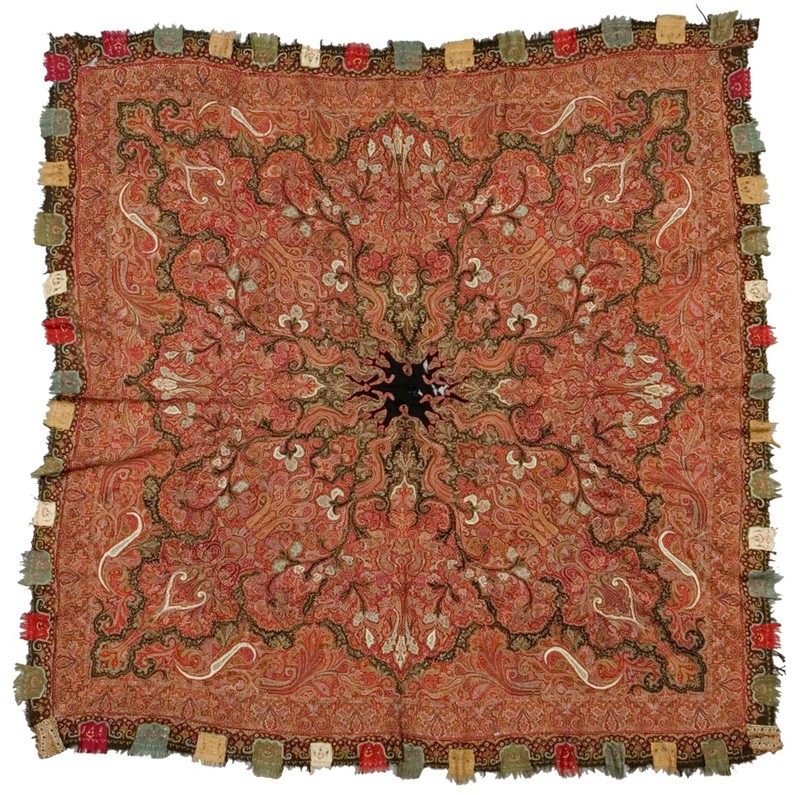
A decorated rib bone from Sumatra, Indonesia
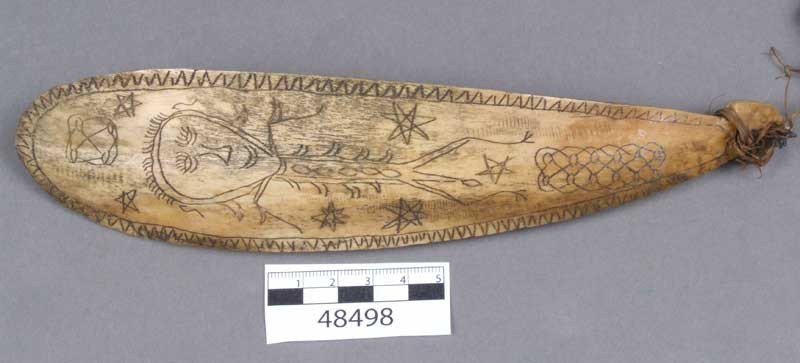
A South American painted vase
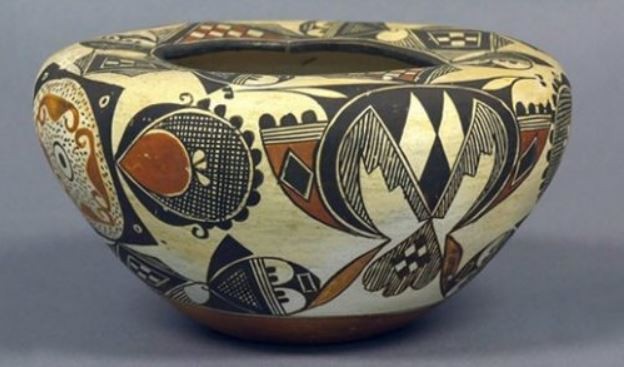
Backstory and Context
Text-to-speech Audio
The University Museum was established as far back as the University of Michigan itself, in 1837. Originally intended for natural history, the collections grew to include archaeological and ethnographic objects as well. Many of the first artifacts in the collection came from the Smithsonian Institute, as well as zoologist Joseph Beal Steere. Steere shipped back cultural objects from his trips through South America, the Pacific, and Southeast Asia. In 1881, the museum’s collections were moved from various department basements and offices to a more formal building. In 1922, the university officially opened a Museum of Anthropology, a year before the university’s Anthropology Department was even created. That same year, Carl E. Guthe was hired to conduct expeditions to the Philippines to collect archaeological specimens for the museum. Artifacts were regularly used as teaching tools for in-depth study by anthropology students at the university. 1
When the University Museum building became overcrowded with collections and exhibits, a new building was constructed with efforts from museum director Alexander Grant Ruthven in 1928. The new Ruthven Museums Building has been home to several of the university’s museums and their collections over the years. State-of-the-art laboratories were created, including the nation’s first Ethnobotanical Lab in 1929, a Ceramics Repository in 1931, and the nation’s second Radiocarbon Lab in 1950. The Anthropology Museum shifted its focus from ethnographic to archaeological collections, with a particular strength in North American and Asian artifacts. In 1956, it was designated as a part of the College of Literature, Science, and the Arts, with curators gaining teaching roles within the Anthropology Department. In the 1960s, more curators were added with expertise in such areas as Latin America and the Middle East.1
Today, the museum houses collections and exhibits from around the Great Lakes, North America, Latin America, the Middle East, Asia, and Europe. With a focus on research and providing learning lessons for students, the museum is not regularly open to the public. There are online exhibits about Himalayan Art, the Philipines, Sumatra, and New Guinea, with more exhibits expected to be added in the future. In 2014, it was announced that the museum would be moving from the Ruthven building into a new $261 million facility within the next five years. The new 300,000-square-foot facility will house three other UM museums and several related departments.2,3
